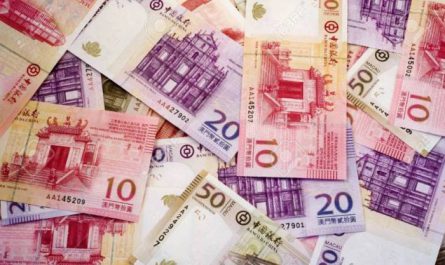The United States and 10 Southeast Asian countries have concluded their first combined naval exercise in the Gulf of Thailand and contested South China Sea, with officials from both sides saying it was a success and would help them address security threats more efficiently.
At least eight warships, four aircraft and more than a thousand personnel from 11 countries took part in the five-day Association of Southeast Asian Nations (ASEAN)-U.S. Maritime Exercise (AUMX), which ended on Friday and was co-led by Thailand and the United States.
“The ASEAN-U.S. Maritime Exercise continued the trend of increased multilateral cooperation among navies in the Indo-Pacific,” Lt. (junior grade) Rachel McMarr, a spokeswoman for the U.S. Pacific Fleet, told BenarNews, an RFA-affiliated online news service, from the fleet’s headquarters in Hawaii.
“A networked region is key to deterring aggression, maintaining stability and ensuring free access to common domains. The Combined Task Force structure allows our navies to continue to work together – leveraging our complementary forces, unique perspectives, regional relationships, and information capabilities. The ASEAN-U.S. Maritime Exercise increased our collective ability to address threats to security and stability together,” she said.
In Thailand, a Royal Thai Navy officer told BenarNews that “the exercise ended on Friday with good results.” The officer spoke condition of anonymity because he had not been authorized to release such information.
Before the combined exercise began on Sept. 2, senior U.S. Navy officers stressed that the drills were part of fostering closer maritime security ties with the ASEAN countries in keeping waters in the Indo-Pacific region open and free – an apparent indirect challenge to Beijing’s territorial expansionism and naval activities in the South China Sea, where international tensions have been high lately.
“AUMX builds greater maritime security on the strength of ASEAN, the strength of our navy-to-navy bonds, and the strength our shared belief in a free and open Indo-Pacific,” Rear Admiral Joey Tynch, the commander of Singapore-based Task Force 73, who oversees the U.S. Navy’s security cooperation in Southeast Asia, said in a statement.
The exercise, which kicked off from the Sattahip Naval Base in Thailand, ended in Singapore, officials said.
The exercise involving sailors from the U.S., Brunei, Cambodia, Indonesia, Laos, Malaysia, Myanmar, Philippines, Singapore, Thailand, and Vietnam was taking place “in international waters in Southeast Asia, including the Gulf of Thailand and South China Sea,” the U.S. Navy said on Monday.
Although Malaysia sent personnel to observe the ASEAN-U.S. naval exercises, according to sources at the Malaysian defense ministry, Prime Minister Mahathir Mohamad this week questioned the need for the drills, saying these were “a waste of money” that could antagonize China.
The exercises “cost a lot of money and only provoke other people, and if you do that in the South China Sea … the Chinese would feel threatened,” the 94-year-old leader said during a question-and-answer session while visiting the Royal University of Phnom Penh in Cambodia.
“What do they do when they feel threatened? They too would want to build bigger ships, a stronger naval force and also send their ships to the area,” he added, when asked to comment about the ASEAN-U.S. drills.
Malaysia and three other ASEAN countries – the Philippines, Vietnam and Brunei – along with Taiwan and China have territorial claims in the South China Sea. Beijing claims nearly all of the sea, including areas close to its neighbors.
In June, officials in Manila voiced anger after a Chinese trawler struck and sank an anchored Philippine fishing boat in waters claimed by the Philippines.
American officials, meanwhile, have accused Beijing of “its bullying behavior” in the sea region. Late last month, the U.S. State Department said Washington was deeply concerned about a series of “aggressive steps” by China in recent weeks, including Beijing’s alleged interference with Hanoi’s oil and gas activities in Vietnam’s Exclusive Economic Zone in the sea.
The coordinated drills by the U.S. and ASEAN navies took place nearly a year after the Southeast Asian bloc and China staged their first joint naval exercise off Zhanjiang, in Guangdong province, in October 2018.



